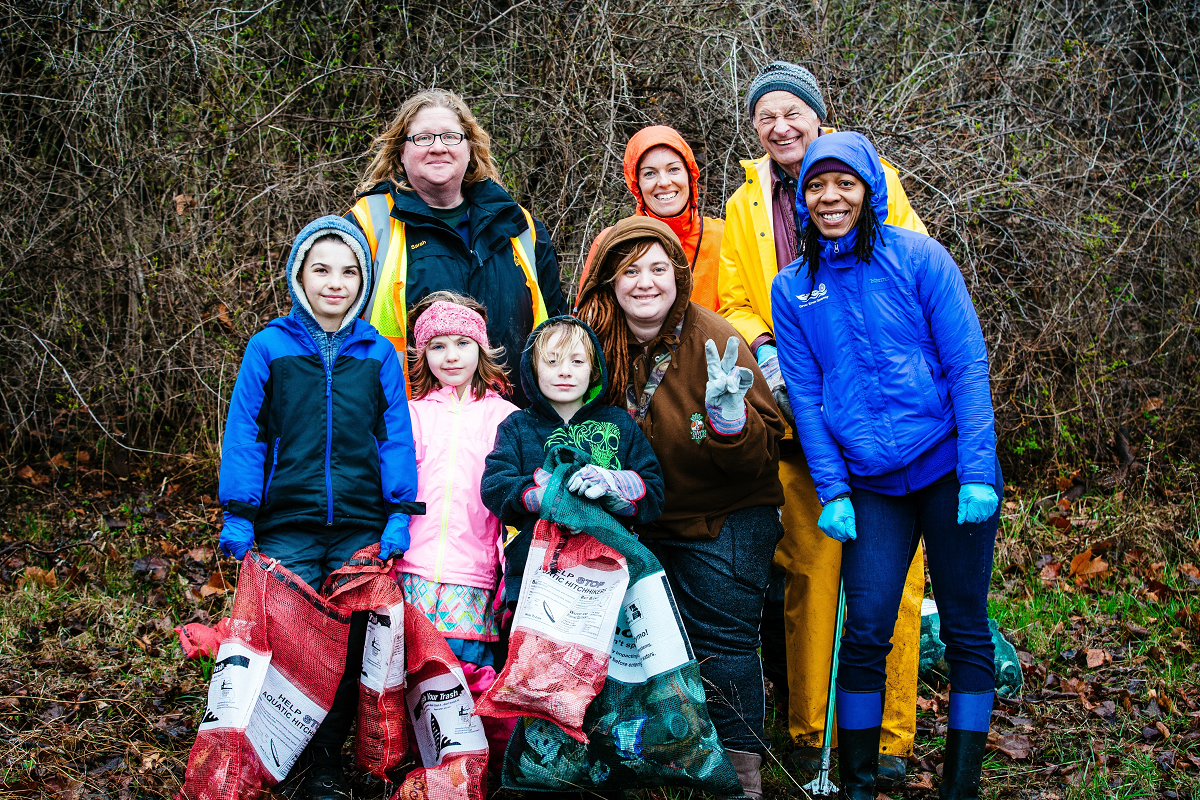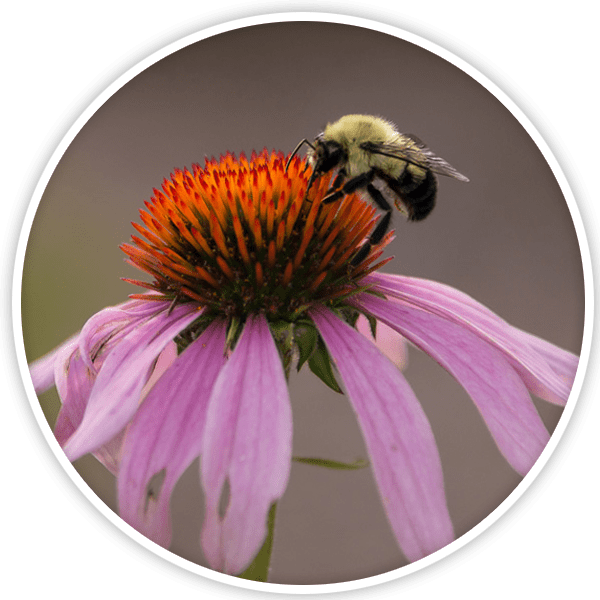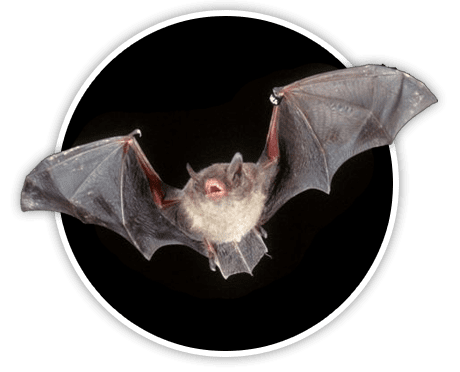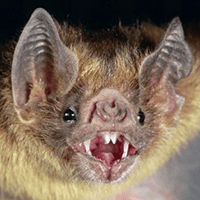Join Great Rivers Greenway and our partners at Metropolitan St. Louis Sewer District, Missouri American Water, and Missouri Department of Conservation Stream Team for the 11th annual Confluence Trash Bash on Sat. March 23, 2019, from 8 a.m. to noon. Area residents are invited to join the cleanup efforts to improve the condition of our waterways. To date, volunteers have removed more than 150 tons of trash and about 6,700 tires from area streams and rivers.
Volunteers can choose from the following locations to check in and receive a free bagel breakfast and T-shirt from 8-8:45 a.m.:
- Columbia Bottom Conservation Area, 801 Strodtman Rd, St. Louis, MO 63138
- Creve Coeur Park, 2160 Creve Coeur Mill Road, St. Louis, MO 63146
- Chesterfield River’s Edge Park, 17089 North Outer 40 Rd #140, Chesterfield, MO 63005 (Open to ages 16 and older only; head into Bike Stop Cafe for breakfast and registration)
- Florissant Sunset Park, 2300 Sunset Park Drive, Florissant, MO 63031
- Bridgeton Government Center, 12355 Natural Bridge Road, Bridgeton, MO 63044
- Hanley Hills City Hall, 7713 Utica Dr., St. Louis, MO 63133
- Overland Wild Acres Park, 2500 Ashby Road, Overland, MO 63114
- Dellwood Recreation Center, 10266 W. Florissant 63136
- Greenwood Cemetery, 6439 St. Louis Ave. 63121
Specific cleanup sites will then be assigned near each of the starting locations.

“It’s amazing to see how much trash and debris our volunteers can clear out of our rivers and creeks in just a few hours,” says Charlene Waggoner, Greenway Network, Inc. Board President. “The energy and enthusiasm are contagious as people from across the region come together to improve water quality and wildlife habitat. It feels good to make a difference in the community, and it keeps volunteers coming back year after year.”
All are welcome, and no experience is required. Individual volunteers, civic groups and youth organizations are encouraged to attend. Volunteers should dress for the weather and bring a water bottle and gloves. Trash bags will be provided. Transportation is available for school and other groups by contacting Colleen Scott with the Missouri Department of Conservation via email at Colleen.Scott@mdc.mo.gov.
Partners on this event include St. Louis Audubon, Greenway Network, League of Watershed Guardians, St. Louis Brightside, St. Louis County,. Participating municipalities include St. Louis County, cities of St. Louis, Maryland Heights, Creve Coeur, Florissant, Bridgeton, Overland, Hanley Hills, Bellefontaine Neighbors, Jennings, Normandy, Black Jack, Hazelwood, Breckenridge Hills, Chesterfield, Berkeley, Dellwood, and Ballwin.
For more information, email greenwaynetwork@gmail.com. To register online, click here.


 Counting Bees
Counting Bees Since our founding in 2000, Great Rivers Greenway has been tasked with making the St. Louis region a more vibrant place to live, work and play by developing a network of greenways to connect people to their rivers, parks and communities. Part of that mission, and public mandate, includes protection of our environment and local ecology. As such, many steps are taken during the greenway design and construction process to minimize and remediate the environmental and ecological impact of our trail network.
Since our founding in 2000, Great Rivers Greenway has been tasked with making the St. Louis region a more vibrant place to live, work and play by developing a network of greenways to connect people to their rivers, parks and communities. Part of that mission, and public mandate, includes protection of our environment and local ecology. As such, many steps are taken during the greenway design and construction process to minimize and remediate the environmental and ecological impact of our trail network.

